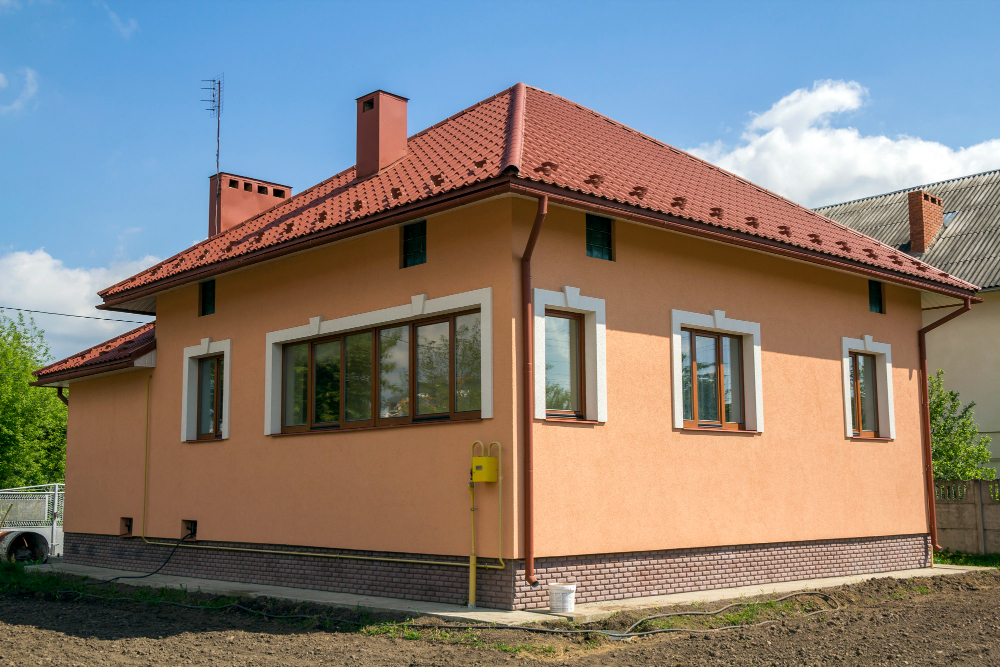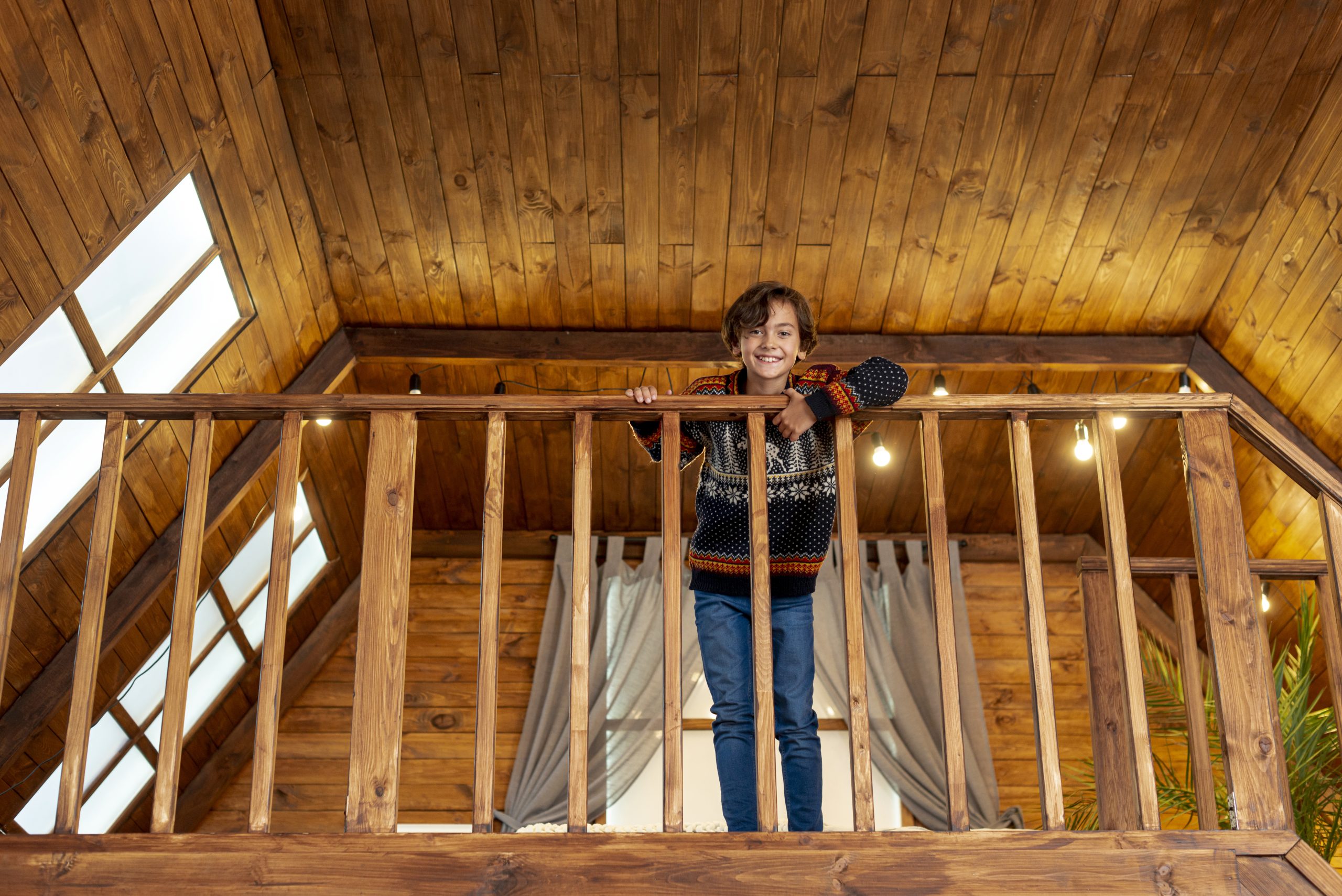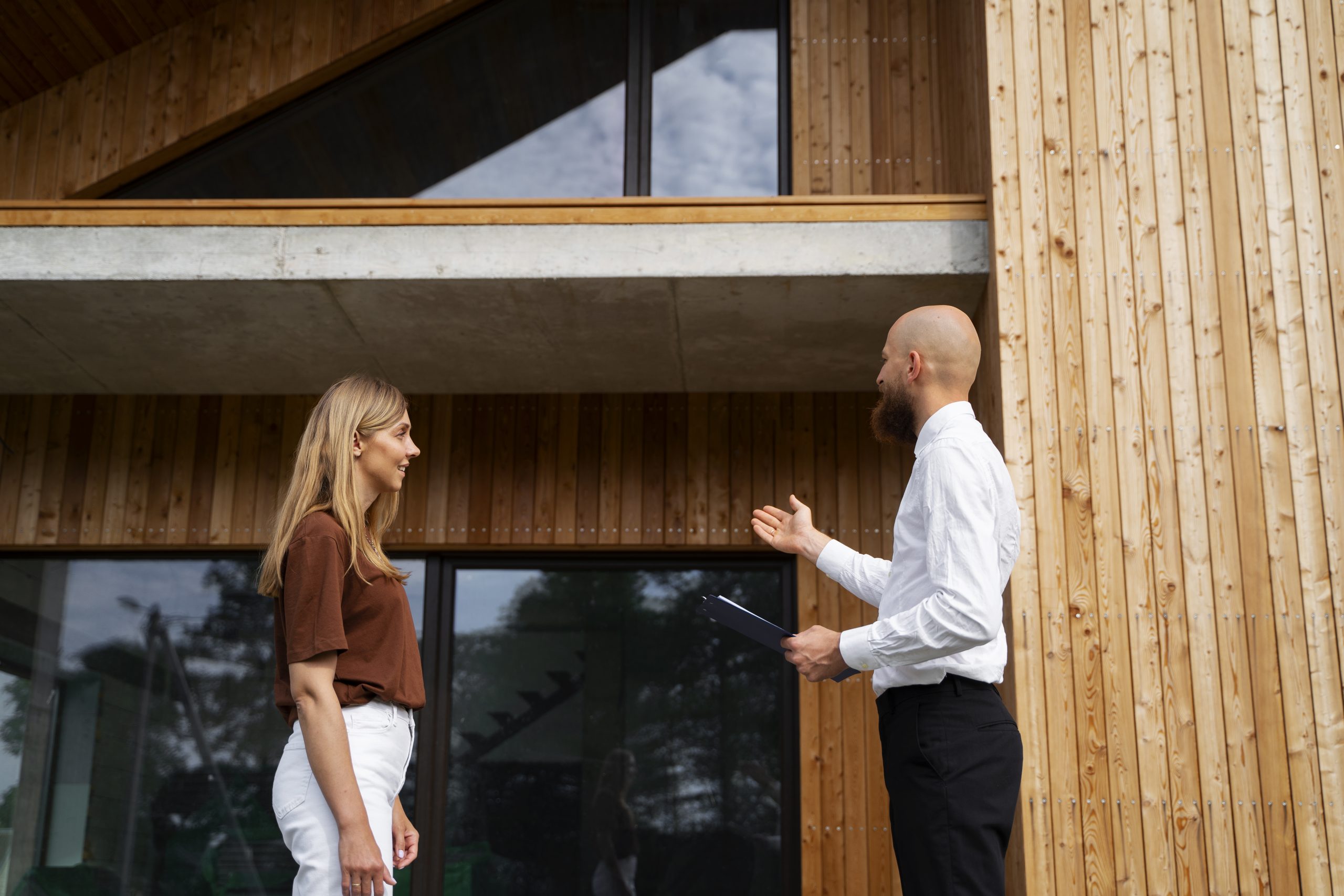Feeling squeezed for space in your home, but moving isn’t an option? Whether it’s a growing family, a need for a home office, or simply craving more comfort, that lack of space can be frustrating.
You start exploring options and quickly realise how confusing extension costs can be. Quotes vary, information is scattered, and the idea of spending tens of thousands can feel overwhelming. Most blogs throw figures at you without helping you understand what they mean for your real-world situation.
This guide breaks everything down in plain language. We’ll explore how much a single-storey extension really costs in the UK, what factors impact pricing, and how you can stretch your budget wisely.
What is a Storey Extension?
A single-storey extension is an addition to your home that expands the ground floor only. It can be added to the side, rear, or even the front of your property. It’s one of the most popular types of extensions in the UK because it usually doesn’t require complex planning permission and adds immediate, usable space.
These extensions are often used for:
- Kitchen-diner spaces
- Living rooms
- Home offices
- Playrooms or snug areas
- Utility or bathroom additions
The key is that the new space stays on one level, making it easier and often cheaper to build compared to double-storey or loft conversions.
How Much Does a Single Storey Extension Cost?
The cost of building a single-storey extension in the UK varies, but here are the general figures for 2025:
| Size | Basic Finish | Mid-Range Finish | High-End Finish |
| 15m² (Small) | £22,500 – £27,000 | £27,000 – £33,000 | £33,000 – £45,000 |
| 20m² (Medium) | £30,000 – £36,000 | £36,000 – £42,000 | £42,000 – £60,000 |
| 30m² (Large) | £45,000 – £54,000 | £54,000 – £63,000 | £63,000 – £90,000 |
National average: Around £1,500 to £2,500 per square metre, depending on location, quality, and site conditions.
Factors That Affect the Cost:
- Location: Projects in London or the South East often cost 20 to 30 per cent more.
- Type of extension: A side return might be cheaper than a wraparound.
- Quality of finish: Higher-end materials like bi-fold doors or custom kitchens will increase the price.
- Groundworks: Poor soil, sloped gardens, or drainage issues can add thousands.
- Structural work: Removing load-bearing walls and adding steel beams increases cost.
Is £30,000 Enough for an Extension?
Yes, £30,000 can be enough for a small, basic single-storey extension. For example, a 15m² extension with a standard finish and no high-end fittings could stay within this budget. However, the following conditions usually apply:
- You’re not including a fitted kitchen or bathroom
- Minimal plumbing or electrical changes are required
- Ground conditions are favourable
- You use standard uPVC windows and doors
- DIY or self-manage some of the project
Not included in this budget:
- High-end finishes
- Structural changes
- Underfloor heating or smart lighting
- Complex roof shapes or skylights
Tip: To stretch your budget, use off-the-shelf fittings, avoid moving pipes or gas lines, and consider a simple rectangular shape.
How Much Does a 3m by 4m Extension Cost?
A 3m x 4m extension gives you 12 square metres of extra space. Here’s a rough breakdown:
- Basic finish: £18,000 – £24,000
- Mid-range finish: £24,000 – £30,000
- High-end finish: £30,000 – £36,000
This size is often used for adding a small dining area, extending a kitchen, or creating a home office.
Keep in mind, costs vary based on your region. If you’re in the South East or London, expect to pay towards the higher end of these figures.
What’s Included in Extension Costs?
Let’s break down a typical £50,000 single-storey extension:
| Category | Estimated Cost |
| Groundwork & Foundations | £6,000 – £10,000 |
| Structure & Roofing | £10,000 – £15,000 |
| Windows & Doors | £3,000 – £6,000 |
| Plumbing & Electrics | £5,000 – £8,000 |
| Plastering & Finishing | £3,000 – £6,000 |
| Kitchen or Bathroom | £8,000 – £12,000 |
| Decoration & Flooring | £2,000 – £4,000 |
| Fees & Surveys | £2,000 – £4,000 |
Other costs to consider:
- Architect fees: 7 to 15 per cent of the total project cost
- Planning applications: Around £206
- Building regulations approval: £1,000 to £3,000
- Party wall survey (if needed): £500+
Types of Single Storey Extensions (and their Costs)
Here’s a quick overview of common types:
Rear Extension
- Ideal for: Open-plan kitchens or living rooms
- Cost: £30,000 – £70,000
- Often allowed under permitted development
Side Return Extension
- Ideal for: Homes with unused alley space
- Cost: £25,000 – £50,000
- Often narrower, but effective for kitchen extensions
Wraparound Extension
- Combines rear and side extensions
- Cost: £60,000 – £100,000+
- Creates a large, open-plan area but needs more planning
Kitchen Extension
- Often part of the rear or side design
- Cost: £40,000 – £80,000
- Kitchen fit-out alone can range from £8,000 to £20,000
How to Save Money Without Compromising Quality?
Saving money doesn’t mean cutting corners. Here are smart ways to reduce your costs:
- Stick to simple shapes: Rectangular layouts are cheaper to build.
- Avoid moving pipes and electrics: Keep kitchens and bathrooms close to existing connections.
- Choose standard-sized windows and doors: Custom units cost more and take longer.
- Use affordable materials: Laminate flooring or uPVC windows offer savings.
- Do your decorating: Painting and decorating yourself can save £1,000 or more.
- Project manage yourself: Coordinating tradespeople instead of using a main contractor can cut costs, though it takes more effort.
FAQs
1- What is a single-storey extension?
It’s a ground-level extension that adds living space to your home, typically used for kitchens, dining areas, or living rooms.
2- How much does a single-storey extension cost?
Expect to pay £1,500 to £2,500 per square metre, depending on your design, location, and finish. Total costs usually range from £30,000 to £100,000.
3- 30k enough for an extension?
Yes, for a small, basic build without luxury materials or structural changes. Careful planning and keeping things simple are key.
Final Thoughts
Building a single-storey extension is a big decision, but it’s also one of the best ways to transform your home. Whether you’re aiming for a larger kitchen, a home office, or a space to relax, the key is to plan well, budget realistically, and make informed choices.
Now that you know how much a single-storey extension costs, you’re in a better position to move forward confidently.



